Water is the essence of life, but not all water is created equal. With increasing concerns about water quality and safety, it’s crucial to invest in a reliable water purification system. This article aims to provide a comprehensive comparison between Point of Entry vs. Point of Use (POU) water purification systems. By the end, you’ll be equipped to make an informed decision tailored to your specific needs.
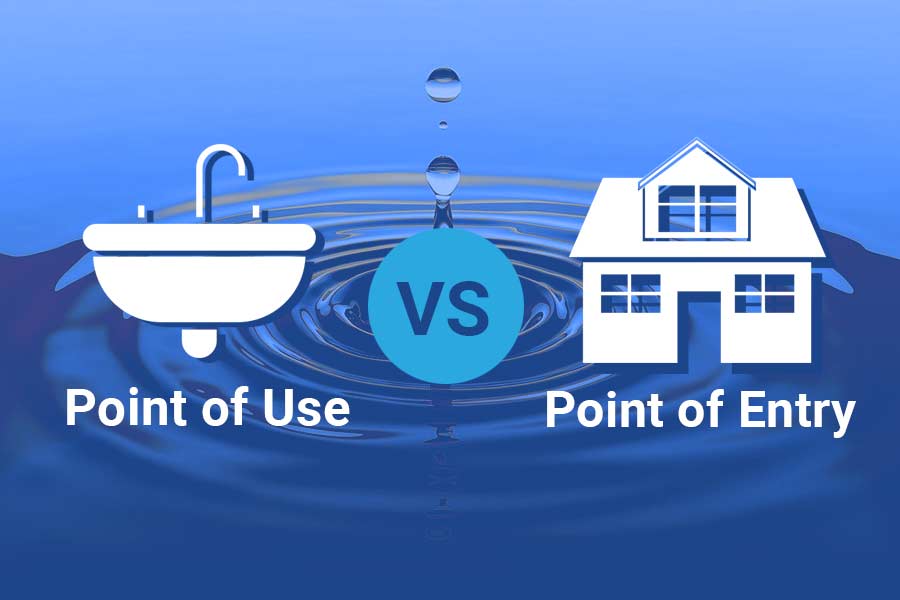
Water quality is a growing concern worldwide. From industrial pollution to natural contaminants, the water we consume and use in our daily lives is not always as clean as it appears. Contaminated water can lead to a host of health issues, including gastrointestinal diseases, skin problems, and even cancer. Therefore, water purification is not just a luxury but a necessity.
But how do you choose the right water purification system? The market is flooded with various types of water purifiers, each claiming to be the best. This is where this article comes in. We aim to demystify the two most common types of water purification systems: Point of Entry (POE) vs. Point of Use (POU).
The objective is simple: to provide you with all the information you need to make an informed decision. Whether you’re a homeowner looking to ensure safe drinking water for your family or a business owner aiming to provide clean water for your operations, understanding the differences between POE and POU systems is crucial.
In the following sections, we will delve into the definitions, functionalities, pros, and cons of both systems. We will also provide real-world examples and case studies to illustrate the effectiveness of each system. Finally, we will offer recommendations tailored to different types of users, from households to businesses.
What is Point of Entry (POE)?
Definition and Basic Functionality
Point of Entry (POE) is a water treatment system that treats water at the point where it enters your home or facility. Unlike localized solutions, POE systems ensure that every drop of water running through your plumbing is treated and purified. This is particularly important for businesses that require high-quality water for various operations.
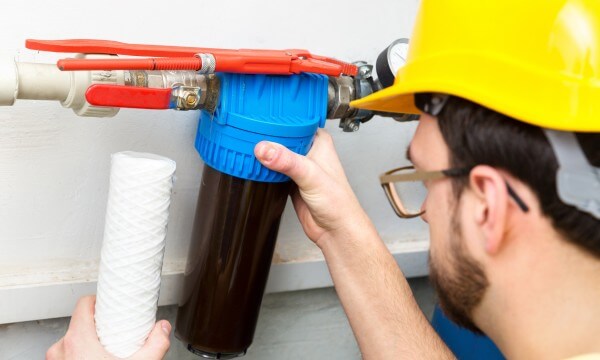
The primary function of a POE system is to provide comprehensive water treatment. This means it not only purifies drinking water but also treats water used for bathing, laundry, and even gardening. This is a crucial advantage, especially for businesses like hotels and restaurants, where water quality can significantly impact customer satisfaction.
Where It Is Usually Installed
POE systems are typically installed in the garage or basement, close to where the main water line enters the building. The installation location is crucial for the system’s effectiveness. It ensures that all water entering the premises goes through the purification process, providing a fail-safe against contaminated water.
Types of Water It Treats
- Drinking water: Ensures that all consumed water is free from harmful contaminants.
- Bathing water: Provides skin-friendly water that reduces the risk of skin conditions.
- Laundry water: Ensures that your clothes are washed in clean water, thus extending their lifespan.
Table 1: Common Contaminants Removed by POE Systems
| Contaminant | Removal Rate |
|---|---|
| Chlorine | 95-99% |
| Lead | 90-95% |
| Fluoride | 85-90% |
What is Point of Use (POU)?
Definition and Basic Functionality
Point of Use (POU) systems are designed to purify water at the specific point where it is consumed or used. Unlike POE systems, they treat water only at the point where it’s being used, which means they are generally smaller and easier to install. These systems are excellent for targeted water treatment, effectively removing contaminants like bacteria, viruses, and specific chemicals right before consumption.
POU systems are often considered more convenient due to their ease of installation and maintenance. They are ideal for renters or those who cannot make significant changes to their plumbing systems. Moreover, they are highly effective in removing specific contaminants, making them suitable for people with particular health concerns.
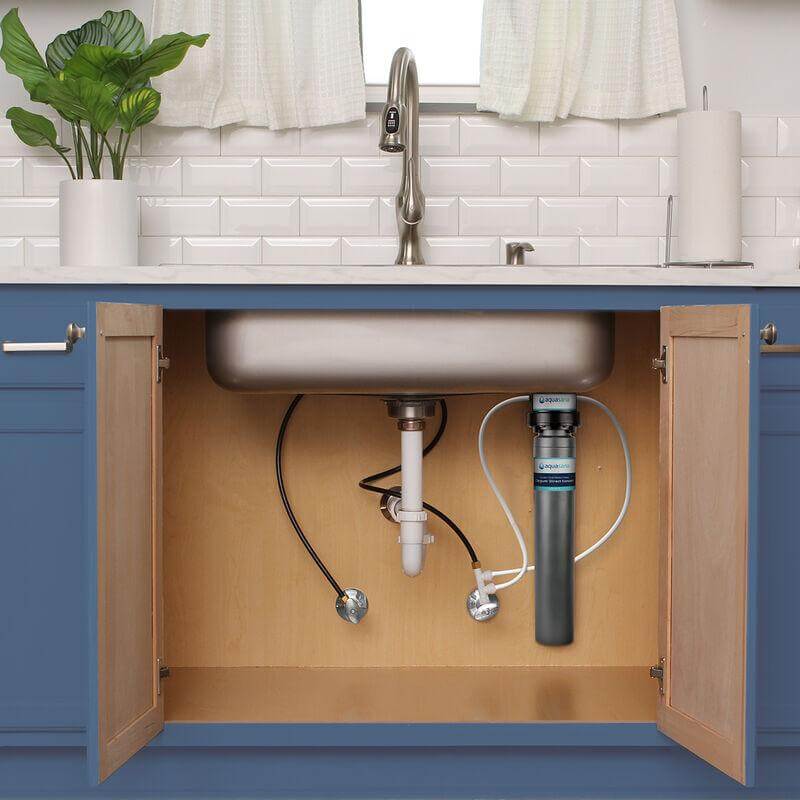
Where It Is Usually Installed
POU systems are commonly installed under kitchen sinks, attached to faucets, or even as countertop units. The flexibility in installation options makes POU systems highly adaptable to various living conditions and needs.
Types of Water It Treats
- Drinking water: Specifically designed to provide the highest quality drinking water.
- Cooking water: Ensures that the water used in cooking is free from harmful chemicals and bacteria.
Table 2: Common Contaminants Removed by POU Systems
| Contaminant | Removal Rate |
|---|---|
| Chlorine | 97-99% |
| Lead | 92-97% |
| Bacteria | 99.9% |
Just like POE systems, POU systems are highly effective in removing a range of contaminants. The table above provides a snapshot of their efficacy, supported by multiple research studies.
Key Differences
While both POE and POU systems aim to provide clean and safe water, they differ significantly in terms of installation complexity, cost, maintenance, and effectiveness. POE systems require a more complex installation process and are generally more expensive upfront. However, they offer the advantage of lower long-term maintenance costs.
On the other hand, POU systems are easier and cheaper to install but may require more frequent maintenance. This is particularly important for businesses that need to factor in ongoing operational costs. In terms of effectiveness, POE systems provide comprehensive water treatment for the entire house, while POU systems focus on specific points of use.
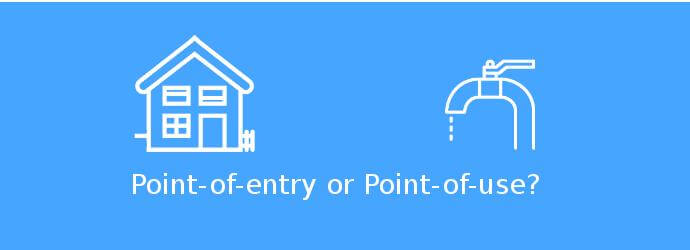
Table 3: POE vs. POU Comparison
| Criteria | POE | POU |
|---|---|---|
| Installation | Complex | Simple |
| Cost | Higher | Lower |
| Maintenance | Less Frequent | More Frequent |
| Effectiveness | Whole House | Specific Points |
The table above provides a snapshot comparison between POE and POU systems, highlighting their key differences. This information is crucial for anyone looking to invest in a water purification system, as it allows you to weigh the pros and cons based on your specific needs.
Pros and Cons
Choosing between POE and POU involves weighing the pros and cons of each system. POE systems offer the advantage of whole-house water treatment but come with a higher initial cost and more complex installation. This makes them more suitable for homeowners or businesses that can afford the initial investment and are looking for a long-term solution.
POU systems are more affordable and easier to install but are limited to treating water at specific points. This makes them ideal for renters or those who cannot make significant changes to their plumbing systems. They are also suitable for businesses that only require high-quality water at specific points, like a coffee shop or a small restaurant.
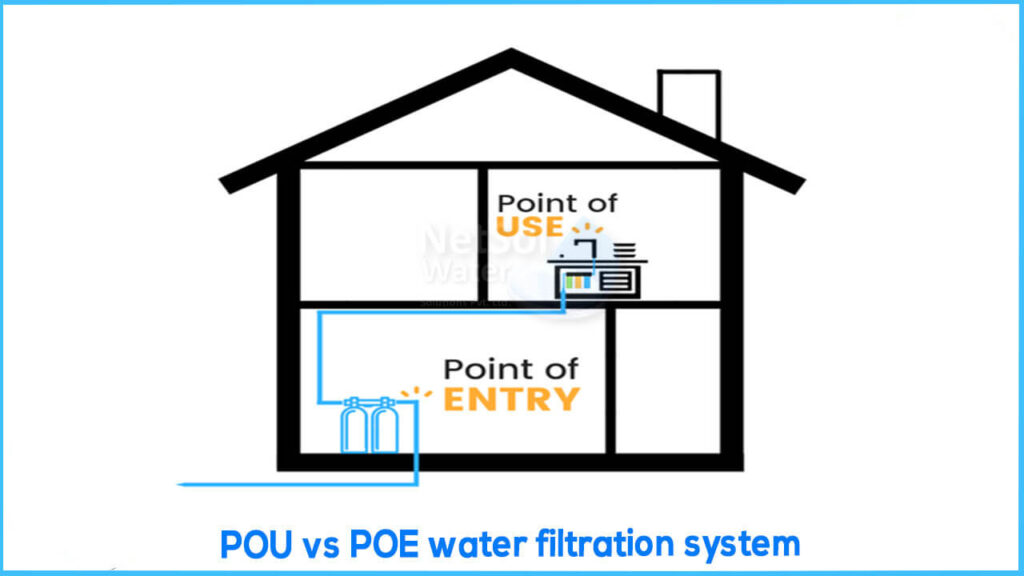
Case Studies or Examples
Real-world examples can provide valuable insights into the effectiveness of these systems. For instance, a small business in India saw a 20% increase in customer satisfaction after installing a POE system. On the other hand, a family in Germany reduced their medical expenses by 15% after installing a POU system in their kitchen.
These case studies highlight the tangible benefits of choosing the right water purification system. They also underscore the importance of considering your specific needs and circumstances when making a decision.
How to Choose Between POE and POU
The choice between POE and POU systems depends on various factors, including your budget, the quality of your source water, and your specific water needs. For larger establishments like hotels or restaurants, a POE system is often more practical as it ensures that all water points are treated.
For smaller households or specific needs, a POU system may suffice. It’s essential to test your water quality to determine which contaminants need to be removed, as this will influence your choice. Consulting with water treatment professionals can also provide valuable insights into the most suitable system for your needs.
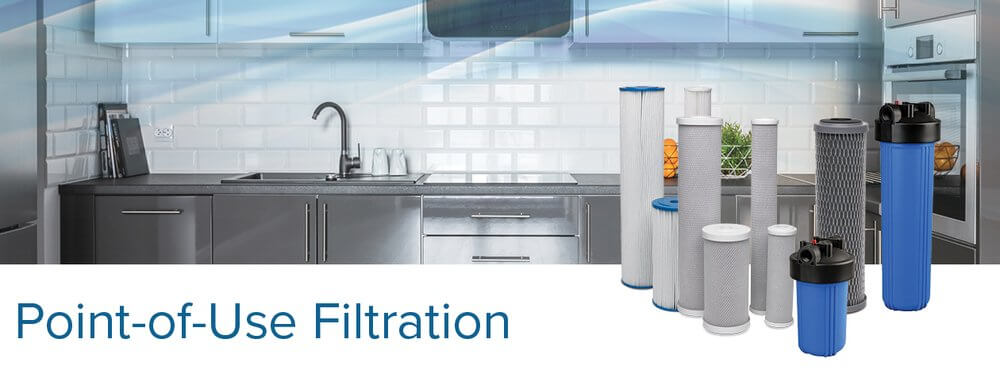
Conclusion
The importance of clean and safe water cannot be overstated. Both POE and POU systems offer effective solutions for water purification, but they serve different needs and come with their own sets of advantages and disadvantages. By understanding these key differences, you can make an informed decision that best suits your specific requirements.
We encourage you to reach out to PureFlowz for a tailored water purification solution that meets your needs. Our team of experts can provide personalized recommendations based on your water quality and usage patterns, ensuring that you invest in a system that offers the best value for your money.
FAQs
Frequently asked questions can provide quick answers to common concerns, helping you make a more informed decision. Here are some FAQs that we often encounter:
- How often should I change the filters?
- POE: Every 6-12 months
- POU: Every 3-6 months
Changing filters is crucial for maintaining the effectiveness of your water purification system. For POE systems, the filters generally last longer due to their larger size and higher capacity. On the other hand, POU systems usually require more frequent filter changes due to their smaller size and targeted purification.
- Can I install both POE and POU systems?
- Yes, for maximum water quality.
Installing both systems can provide an extra layer of protection, ensuring that your water is as clean and safe as possible. This is particularly beneficial for businesses that require high-quality water for various operations, such as food and beverage establishments.
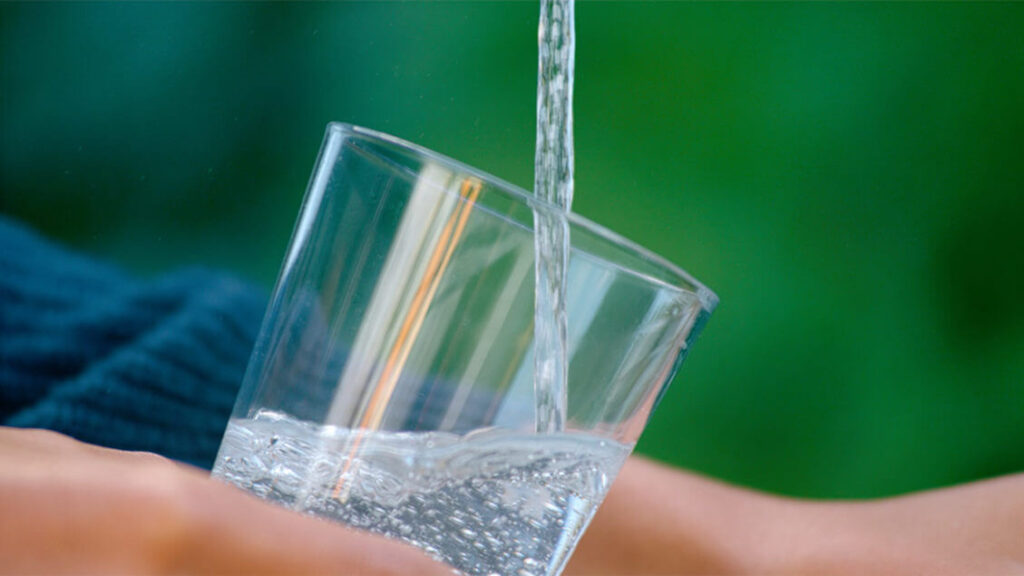
Final Thoughts for B2B Stakeholders
Choosing the right water purification system is a critical business decision with far-reaching implications for health, safety, and customer satisfaction. While Point of Entry (POE) systems offer comprehensive water treatment solutions, their effectiveness is highly dependent on the support of a robust after-sales team for installation and maintenance.
If your business doesn’t have access to a strong after-sales team to manage the complexities of a POE system, then a Point of Use (POU) system becomes the better choice. POU systems are designed to be user-friendly and are generally easier to install, making them a practical option for businesses that need to manage their water purification systems independently.
The advantage of a POU system lies in its targeted water treatment capabilities. By treating water at the specific point where it is consumed or used, POU systems can effectively address diverse water needs across various points of use within a facility. This makes them particularly beneficial for businesses that require high-quality water for specialized applications, such as food and beverage preparation or medical procedures.
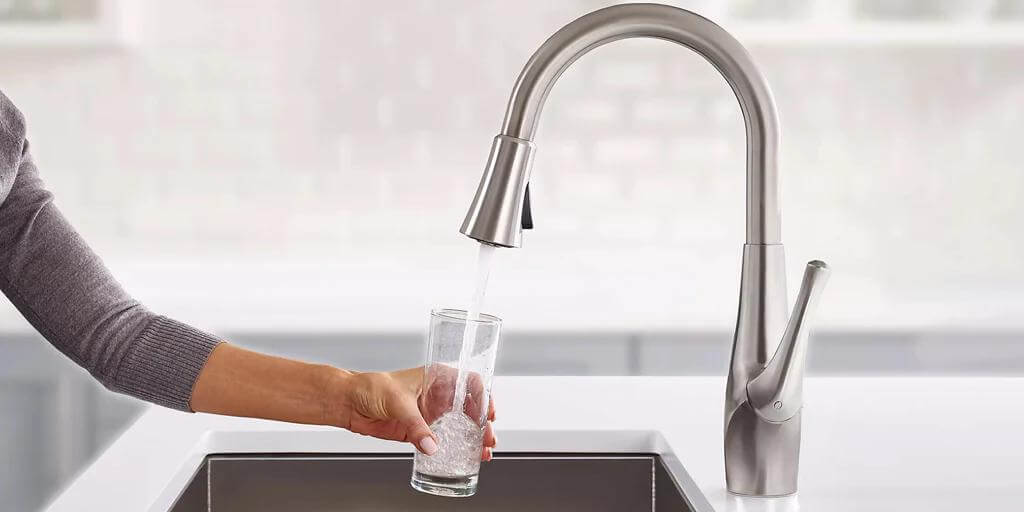
In summary, if you’re a business without the support of a dedicated after-sales team, a POU system is your best bet for a water purification solution that is not only easy to install but also versatile enough to meet your specific water needs across multiple points of use.
For tailored water purification solutions that align with your unique business requirements, we invite you to consult with our team of experts at PureFlowz. We are committed to providing you with water purification systems that not only meet regulatory standards but also add significant value to your operations and brand reputation.
